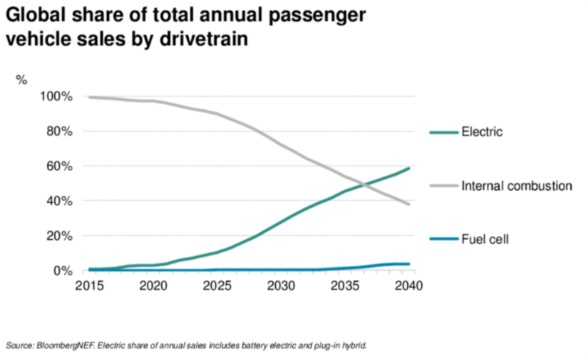RSM US LLP sponsors the Original Equipment Suppliers Association’s Automotive Supplier Barometer, a quarterly survey of the top executives of OESA’s regular member companies. The survey provides insight into the commercial issues and business environment the industry faces. Each quarter’s survey focuses on a different topic, from planning to production. The following article offers Q1 2021 insights on what the microchip supply crunch means for suppliers’ sales and operations planning.
Although the global automotive industry has made great strides in dealing with the ramifications of the COVID-19 crisis, it is still wrestling with many of the supply chain disruptions brought on by the global pandemic. The industry has shown tremendous resilience in its ability to manage pandemic-induced personnel challenges, including an increasing number of COVID-19 cases and a reduced labor force. Parts shortages, however, have been more challenging to navigate as the industry has ramped up production to meet unexpected demand. Severe congestion and delays at the ports and container shortages across the supply chain network have resulted in a lack of critical components needed to keep assembly lines running.
If the parts shortages weren’t enough, suppliers are being hit with significant shipping price increases on the parts they can get. According to one carrier, freight prices were 170% higher in February than the same month last year. The industry has been able to navigate through this, to some extent, by switching to air cargo for critical parts. With the growth of e-commerce during the pandemic and the continued demand for personal protective equipment, however, available air cargo capacity is 20% lower than it was a year ago, and rates are expected to continue increasing in the near-term.
Microchip supply crunch
Even if air cargo is an option for some parts, others simply can’t be expedited, and microchips—which automakers use for a range of vehicle technologies—are one such example. Due to the China-U.S. trade war, the supply of microchips was under pressure even before the onset of COVID-19. As the world went virtual in 2020 and the demand for PCs, Chromebooks and tablets exploded, the demand for microchips soared, exacerbating the situation for automakers and other businesses. Unfortunately, this shortage couldn’t be contained by simply seeking alternative sources of supply, or expediting via air freight. There just isn’t enough capacity in the industry to meet demand.
Chip manufacturers are increasing their capital expenditure budgets to expand capacity, but this will take time. In the interim, both original equipment manufacturers and suppliers will need to become more agile in their ability to allocate scarce resources through production planning. They need to be able to adapt production plans based on changes in demand or supply on a weekly, if not daily basis. Sales and operations planning (S&OP) is the process many OEMs and suppliers are relying on to do just that.
Simply put, S&OP is the cross-functional process used by organizations to align supply with demand to achieve both strategic and financial objectives. The process typically works across the three time horizons, including the strategic (years), the tactical (quarters and months) and the operational (weeks and days). Many companies have made significant progress enhancing their S&OP capabilities in recent years, but plenty still struggle with demand and production planning, especially across multiple products, manufacturing sites and warehouses.




